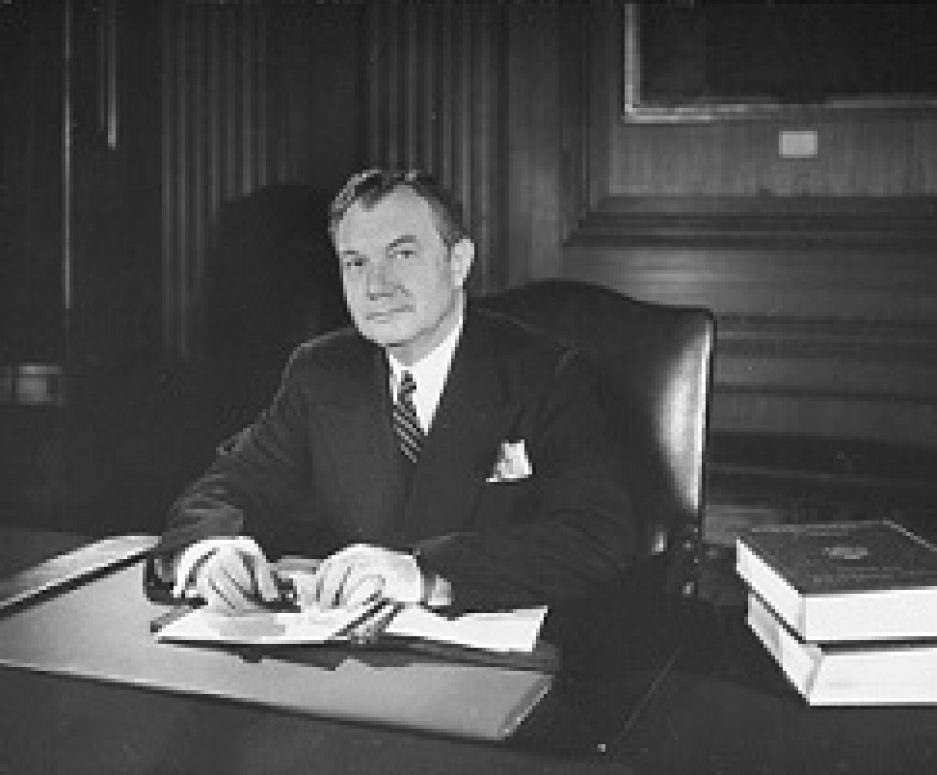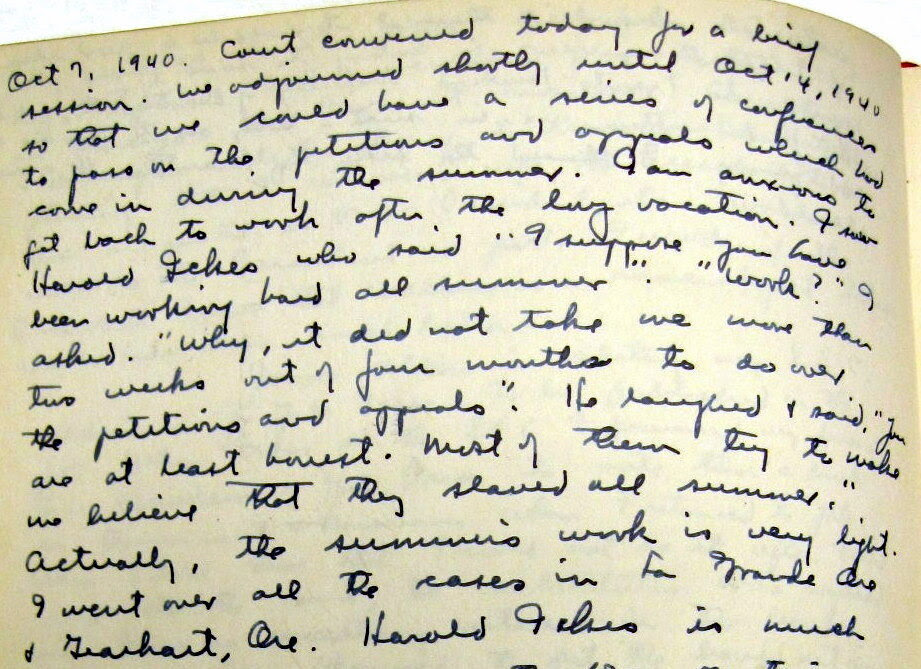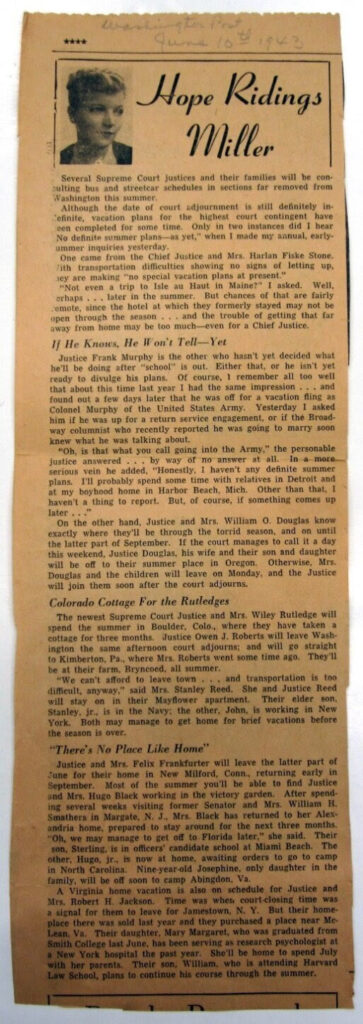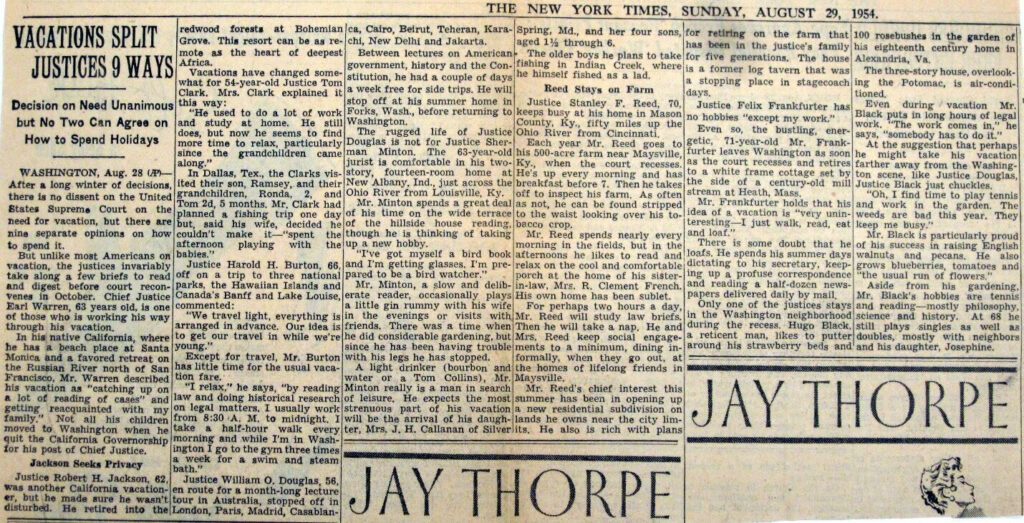Today is “First Monday,” the start of the new term at the Supreme Court of the United States. The Court’s previous term began a year ago—the Court meets only in an “October Term,” beginning on each October’s first Monday and lasting until the next October’s first Monday.
Although the justices thus have been “in term” over the summer, they have been on recess for the past three months. They have not met for an in-person Court session since they adjourned on June 30, 2023.
In the 1980s, John G. Roberts, Jr., a young Reagan administration attorney, quipped that “[o]nly Supreme Court justices and schoolchildren are expected to and do take the entire summer off.”
That observation was an exaggeration. During summertime, the justices, including now-Chief Justice Roberts, can travel, read things that do not relate to the law or Court cases, pursue other interests, and generally rest up for the impending October-June months of preparing for and hearing oral arguments, conferring with each other, deciding cases, and drafting and revising opinions. But justices also do some work during the summer. They read briefs in cases that will be argued in the coming term, they read and prepare to vote on petitions asking them to add new cases to their docket, and they hear and act, individually and sometimes together, on emergency matters.
There is no doubt, however, that justices have less work to do during summertime than they do in-term.
One statement of this reality came from Justice William O. Douglas, who on October 7, 1940 (First Monday), when he had been on the Supreme Court for two summer recesses, wrote these lines in his diary:
Oct 7 1940. Court convened today for a brief
session. We adjourned shortly until Oct 14, 1940
so that we could have a series of [private, justices-only] conferences
to pass on the petitions and appeals which had
come in during the summer. I am anxious to
get back to work after the long vacation. I saw
[U.S. Secretary of the Interior] Harold Ickes, who said “I suppose you have
been working hard all summer.” “Work?” I
asked. “Why, it did not take me more than
two weeks out of four months [of recess] to do [sic—go] over
the petitions and appeals.” He laughed + said, “You
are at least honest. Most of them [the other justices] try to make
me believe that they slaved all summer.”
Actually, the summer’s work is very light.
I went over all the cases in Le Grande Ore[gon]+ Gearhart, Ore.
The press has a history of reporting on the justices’ summer activities, including travel and leisure. As wartime summer 1943 approached, for example, the Washington Post published this detailed report by society columnist Hope Ridings Miller on the justices’ summer plans:
And during peacetime summer 1954, the Associated Press reported what each justice was up to—including Justice Douglas traveling to London, Paris, Madrid, Casablanca, Cairo, Beirut, Tehran, Karachi, New Delhi, Jakarta, and cities in Australia.
I hope that today’s justices are refreshed by their summer rest, travels, and other pursuits and ready to do good work in the new term.



